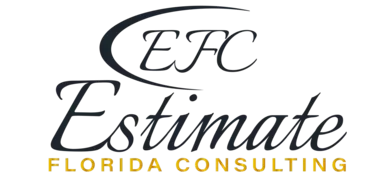How Much Cost to Build an 8-Story Building?
Building an 8-story building typically costs between $135.3 million and $442.8 million, averaging $425 to $1,100 per square foot. This estimate includes everything from site preparation and construction to interior finishes, plumbing, electrical systems, HVAC, and necessary permits. Costs can vary based on the design complexity, material quality, and local labor rates. Additional expenses might include custom features, advanced technology, and meeting local building codes. Investing in high-quality construction ensures durability, energy efficiency, and long-term value. Proper planning, getting multiple quotes, and careful budgeting are essential for a successful multi-story building project.
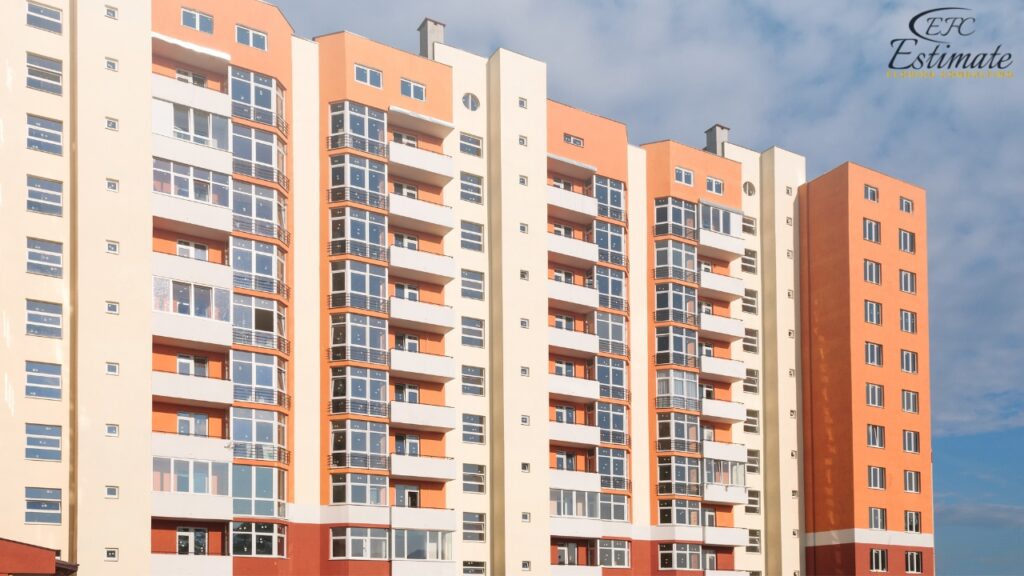
Factors Influencing the Cost of Building an 8-Story Building
Location
The location of the building significantly impacts the overall cost. Prime urban areas tend to have higher land acquisition costs and stricter building regulations, which can increase construction costs. Conversely, suburban or rural locations might offer lower land costs but could face higher transportation expenses for materials and labor. The availability of local resources and proximity to suppliers can also influence costs, making some locations more economical than others. Additionally, the demand for real estate in the area can affect the rental or sales income potential, influencing the overall financial planning of the project.
Cost Breakdown by Location
Location | Estimated Cost per Sq Ft | Total Cost for 100,000 Sq Ft |
Major City (e.g., New York) | $520 – $910 | $52,000,000 – $91,000,000 |
Suburban Area | $325 – $520 | $32,500,000 – $52,000,000 |
Rural Area | $260 – $390 | $26,000,000 – $39,000,000 |
Prime locations often require higher investments due to expensive land and higher construction costs, while suburban and rural areas may offer cost savings but potentially lower rental income. Developers must balance these factors to choose the best location for their building project, considering both upfront costs and long-term financial returns.
Design and Architecture
The complexity of the building design and the quality of architecture play a crucial role in determining the cost. High-end architectural designs with unique features, intricate details, and modern aesthetics typically cost more due to the specialized labor and materials required. Custom designs that include luxury elements such as large windows, unique facades, and sophisticated interior layouts can significantly increase costs. The design phase also includes planning for structural integrity and compliance with local building codes, which can add to the overall expenses.
Cost Breakdown by Design
Design Complexity | Estimated Cost per Sq Ft | Total Cost for 100,000 Sq Ft |
Standard Design | $260 – $390 | $26,000,000 – $39,000,000 |
Custom Design | $390 – $650 | $39,000,000 – $65,000,000 |
High-End Design | $650 – $910 | $65,000,000 – $91,000,000 |
Sophisticated architectural designs add to the aesthetic appeal and market value of the building but require higher investments in both planning and execution. Developers should consider the target market and potential return on investment when choosing the level of design complexity, ensuring that the design aligns with market demands and financial goals.
Materials and Construction
The quality and type of materials used in construction have a significant impact on the total cost. High-quality materials, though more expensive, offer better durability and aesthetics. Additionally, the construction techniques and technologies employed can influence costs. For example, sustainable materials and advanced building technologies can increase initial costs but provide long-term savings through energy efficiency and reduced maintenance. The selection of materials also affects the building’s environmental impact and compliance with green building standards.

Cost Breakdown by Materials
Material Quality | Estimated Cost per Sq Ft | Total Cost for 100,000 Sq Ft |
Standard Materials | $260 – $390 | $26,000,000 – $39,000,000 |
Premium Materials | $390 – $650 | $39,000,000 – $65,000,000 |
Luxury Materials | $650 – $910 | $65,000,000 – $91,000,000 |
Investing in high-quality materials ensures the building’s longevity and enhances its overall appeal. However, developers must balance these costs with their budget and expected returns, selecting materials that meet both financial and functional requirements. The choice of materials also influences the building’s aesthetic and market positioning, potentially attracting higher-paying tenants or buyers.
Labor Costs
Labor costs are influenced by the availability of skilled workers, the complexity of the project, and regional wage standards. High-demand areas with a limited labor pool can see increased labor costs. Labor expenses include wages for construction workers, subcontractors, and specialized trades such as electricians and plumbers. Ensuring that the workforce is adequately skilled and experienced is crucial for maintaining construction quality and meeting project timelines. Delays and rework due to inadequate labor can significantly inflate costs and extend project timelines.
Cost Breakdown by Labor
Labor Task | Estimated Cost per Sq Ft | Total Cost for 100,000 Sq Ft |
Basic Construction | $130 – $195 | $13,000,000 – $19,500,000 |
Specialized Labor | $195 – $325 | $19,500,000 – $32,500,000 |
High-End Labor | $325 – $455 | $32,500,000 – $45,500,000 |
Professional and skilled labor is essential for ensuring the quality and safety of the building. Hiring experienced contractors can prevent costly mistakes and rework, making it a worthwhile investment in the long run. Ensuring fair labor practices and compliance with labor laws is also crucial to maintaining a positive project environment and avoiding legal issues.
Permits and Regulations
Building permits, zoning laws, and regulatory compliance add to the overall cost. These expenses vary based on location and the specific requirements of local government bodies. Ensuring compliance with all regulations is crucial to avoid legal issues and potential fines. Obtaining the necessary permits can involve significant time and paperwork, which should be factored into the project timeline. Additionally, developers may need to engage with local authorities and community stakeholders to ensure smooth project approval and implementation.
Cost Breakdown by Permits
Permit Type | Estimated Cost Range | Total Cost for 100,000 Sq Ft |
Building Permits | $130,000 – $260,000 | $130,000 – $260,000 |
Zoning Permits | $65,000 – $130,000 | $65,000 – $130,000 |
Safety Compliance | $195,000 – $390,000 | $195,000 – $390,000 |
Ensuring that all necessary permits are obtained and regulations are followed is crucial for the legal and safe construction of the building. Developers should allocate sufficient time and resources to navigate these regulatory requirements. Proper planning and engagement with regulatory bodies can help avoid delays and ensure compliance with all legal requirements.
Amenities and Interior Finishes
The inclusion of amenities such as gyms, swimming pools, and high-end interior finishes can significantly increase the cost. These features enhance the building’s appeal and marketability, attracting higher-paying tenants or buyers. The quality and type of interior finishes, such as flooring, lighting, and fixtures, also impact the overall cost. High-end finishes and amenities can differentiate the building in a competitive market, providing a unique selling point.

Cost Breakdown by Amenities
Amenity Type | Estimated Cost per Sq Ft | Total Cost for 100,000 Sq Ft |
Basic Amenities | $65 – $130 | $6,500,000 – $13,000,000 |
Mid-Range Amenities | $130 – $260 | $13,000,000 – $26,000,000 |
Luxury Amenities | $260 – $390 | $26,000,000 – $39,000,000 |
Investing in high-quality amenities can significantly enhance the building’s appeal and increase rental income or sales prices. Developers should consider the preferences and expectations of their target market when selecting amenities and finishes. High-quality amenities can also enhance the building’s reputation and attract premium tenants or buyers, increasing overall revenue potential.
Technology and Infrastructure
Modern buildings often include advanced technology and infrastructure for energy efficiency, smart systems, and security. These features can add to the initial construction costs but provide long-term savings and enhanced functionality. Examples include smart HVAC systems, automated lighting, and advanced security systems. The integration of these technologies can improve the building’s operational efficiency, reduce energy costs, and provide a better living or working environment for occupants.
Cost Breakdown by Technology
Technology Type | Estimated Cost per Sq Ft | Total Cost for 100,000 Sq Ft |
Standard Technology | $65 – $130 | $6,500,000 – $13,000,000 |
Advanced Technology | $130 – $260 | $13,000,000 – $26,000,000 |
Cutting-Edge Technology | $260 – $390 | $26,000,000 – $39,000,000 |
Incorporating advanced technologies can enhance the building’s efficiency and appeal, making it more attractive to potential tenants or buyers. These investments can also reduce operating costs and improve the overall user experience. Implementing state-of-the-art technologies can future-proof the building, ensuring it remains competitive and desirable in the market.
Sustainable Building Practices
Incorporating sustainable building practices and materials can increase the initial cost but provide long-term savings and environmental benefits. Green certifications, such as LEED, can also enhance the building’s marketability and appeal to environmentally conscious tenants. Sustainable practices include energy-efficient systems, water conservation measures, and the use of eco-friendly materials. These practices not only reduce the environmental impact but also contribute to healthier living and working environments.
Get 5 New Leads Next 7Days With Our System
- Multi-Family Building
- Hotel Building
- Hospital Building
- Warehouse Building
- High-Rise Building
- Shopping Complex
Cost of Sustainable Practices
Sustainable Practice | Estimated Cost Range | Total Cost for 100,000 Sq Ft |
Energy-Efficient Systems | $1,300,000 – $3,900,000 | $1,300,000 – $3,900,000 |
Water Conservation Systems | $650,000 – $1,950,000 | $650,000 – $1,950,000 |
Sustainable Materials | $1,950,000 – $3,900,000 | $1,950,000 – $3,900,000 |
Investing in sustainable building practices can reduce operating costs and environmental impact while attracting tenants or buyers who prioritize sustainability. These features can also enhance the building’s reputation and long-term value. Incorporating sustainability into the building design can also help achieve regulatory compliance and qualify for green building incentives, reducing overall costs.
Financing Options
Given the substantial costs involved, exploring financing options is crucial. Developers can consider construction loans, commercial mortgages, and investor partnerships to fund the project. Understanding the terms, interest rates, and repayment schedules of these financing options can help developers make informed decisions and ensure the project’s financial stability. Effective financial planning and securing favorable financing terms are essential for managing cash flow and maintaining project momentum.
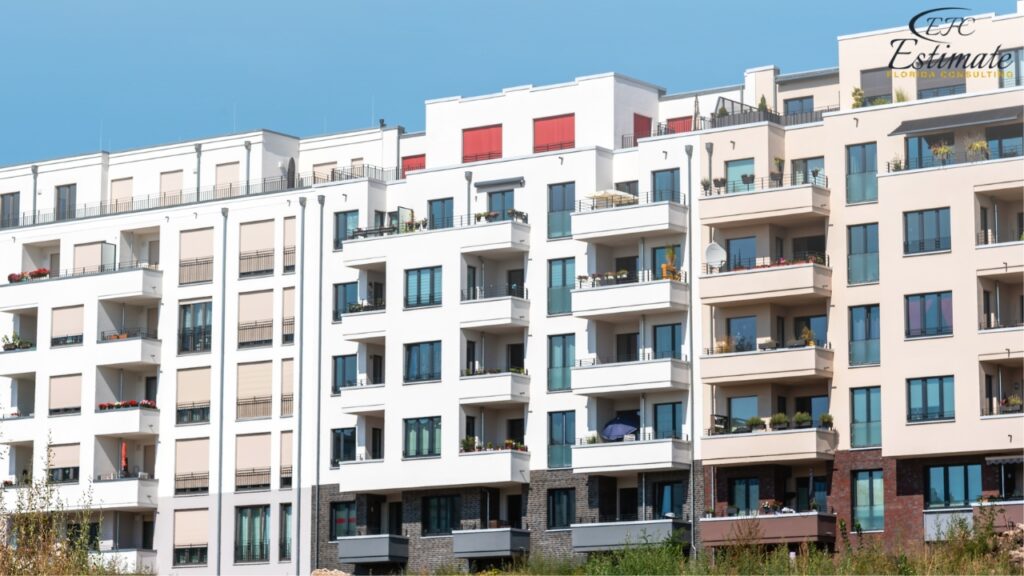
Financing Options Overview
Financing Option | Estimated Interest Rate Range | Estimated Monthly Payment (for $50,000,000 loan) |
Construction Loan | 5.2% – 10.4% | $216,667 – $433,333 |
Commercial Mortgage | 4.55% – 9.1% | $189,167 – $378,333 |
Investor Partnership | Variable | Dependent on agreement terms |
Securing the right financing can significantly impact the project’s feasibility and profitability. Developers should explore multiple financing options and negotiate terms that align with their financial strategy and project timeline. Building strong relationships with financial institutions and investors can also facilitate future projects and provide ongoing support.
Safety and Regulatory Compliance
Ensuring safety and regulatory compliance is crucial throughout the construction and operational phases. Adhering to local building codes, fire safety regulations, and health standards can prevent legal issues and enhance the building’s reputation. These measures include installing fire suppression systems, ensuring accessibility for disabled guests, and conducting regular safety inspections. Compliance with safety regulations not only protects the building’s occupants but also mitigates the risk of costly legal disputes and penalties.
Cost of Safety and Compliance Measures
Safety and Compliance Measure | Estimated Cost Range | Total Cost for 100,000 Sq Ft |
Fire Suppression Systems | $650,000 – $1,300,000 | $650,000 – $1,300,000 |
Accessibility Features | $325,000 – $650,000 | $325,000 – $650,000 |
Safety Inspections and Audits | $162,500 – $325,000 | $162,500 – $325,000 |
Implementing robust safety measures and ensuring regulatory compliance are essential for protecting both the occupants and the investment. Developers should work closely with safety consultants and regulatory bodies to ensure all safety standards are met. Regular audits and inspections can also help identify potential issues early and ensure ongoing compliance.
Insurance and Liability
Insurance is a critical aspect of managing the risk associated with building an 8-story structure. This includes construction insurance during the building phase and property insurance once the building is complete. Liability insurance is also necessary to protect against potential legal claims. Comprehensive insurance coverage protects the investment from unforeseen events such as natural disasters, accidents, and legal liabilities.
Cost Breakdown by Insurance
Insurance Type | Estimated Cost Range | Total Cost for 100,000 Sq Ft |
Construction Insurance | $260,000 – $650,000 | $260,000 – $650,000 |
Property Insurance | $130,000 – $390,000 | $130,000 – $390,000 |
Liability Insurance | $195,000 – $520,000 | $195,000 – $520,000 |
Ensuring comprehensive insurance coverage is essential for mitigating risks and protecting the financial stability of the project. Developers should work with experienced insurance brokers to secure the appropriate coverage for all phases of the project. Reviewing and updating insurance policies regularly can ensure continued protection as the project progresses.
Landscaping and Exterior Features
The cost of landscaping and exterior features can add to the overall expense but significantly enhance the building’s appeal. This includes gardens, walkways, lighting, and outdoor recreational areas. Well-designed landscaping can improve the building’s aesthetic appeal, provide functional outdoor spaces, and contribute to the overall value of the property.
Cost Breakdown by Landscaping
Landscaping Feature | Estimated Cost Range | Total Cost for 100,000 Sq Ft |
Basic Landscaping | $65,000 – $130,000 | $65,000 – $130,000 |
Mid-Range Landscaping | $130,000 – $260,000 | $130,000 – $260,000 |
High-End Landscaping | $260,000 – $390,000 | $260,000 – $390,000 |
Investing in quality landscaping can enhance the building’s exterior and create a welcoming environment for occupants and visitors. Developers should consider the long-term maintenance and sustainability of landscaping features, selecting plants and materials that are both attractive and low-maintenance.
Additional Considerations
Choosing the Right Contractors
Selecting experienced and reliable contractors is crucial for ensuring the quality and timely completion of the project. Contractors should have a proven track record in constructing similar buildings and be able to manage complex projects efficiently. Evaluating contractors based on their previous work, client testimonials, and project management capabilities can help ensure a successful partnership.
Monitoring Construction Progress
Regularly monitoring the progress of construction can help identify and address issues early, preventing delays and cost overruns. Developers should establish clear communication channels and reporting mechanisms with contractors and project managers. Utilizing project management software and scheduling regular site visits can help maintain oversight and ensure the project stays on track.
Contingency Planning
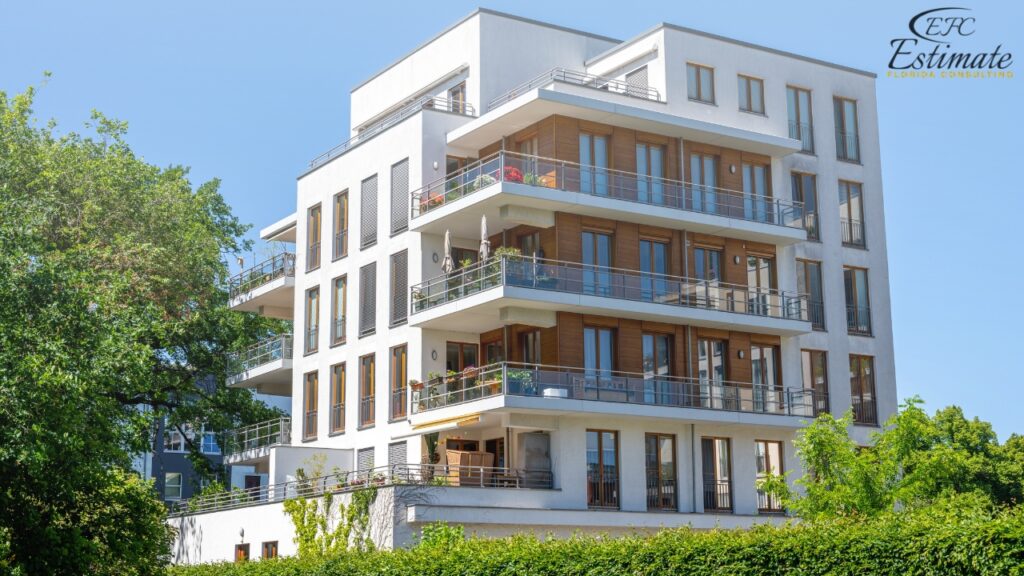
Setting aside a contingency budget to cover unexpected expenses is essential for managing financial risks. This budget can account for unforeseen issues such as design changes, material shortages, or labor disputes. A well-planned contingency fund can provide the financial flexibility needed to address unexpected challenges without derailing the project.
Long-Term Maintenance
Considering long-term maintenance costs during the planning phase can help ensure the building remains in good condition and retains its value. This includes planning for regular inspections, repairs, and updates to building systems and amenities. Implementing a proactive maintenance plan can extend the lifespan of building components and reduce the need for costly emergency repairs.
Marketing and Leasing
Developing a marketing strategy and leasing plan can help attract tenants or buyers before construction is completed. This can provide early revenue streams and improve the project’s financial viability. Effective marketing and leasing strategies should highlight the building’s unique features, amenities, and location advantages to attract the target audience.
Legal and Tax Considerations
Understanding the legal and tax implications of the construction project can help developers optimize their financial planning. Consulting with legal and tax experts can ensure compliance and identify potential savings. Properly structuring the project from a legal and tax perspective can also protect against future liabilities and enhance overall profitability.
Download Template For Multi-family Project Breakdown
- Materials list updated to the zip code
- Fast delivery
- Data base of general contractors and sub-contractors
- Local estimators
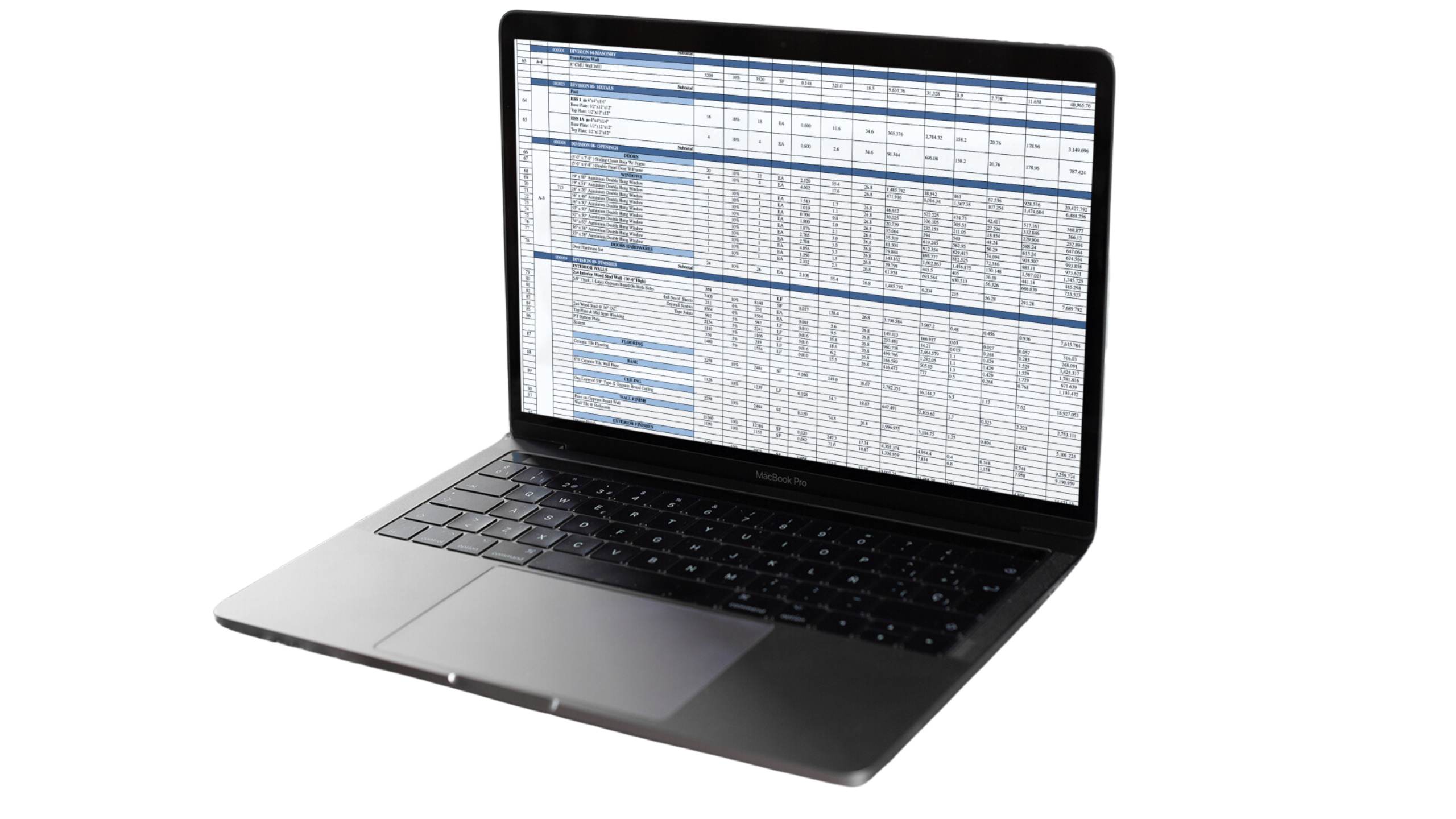
Conclusion
Building an 8-story building involves significant costs and careful planning. By understanding the various factors that influence these costs and planning for them effectively, developers can ensure the success and financial viability of their projects. Proper budgeting, selecting the right contractors, and considering long-term maintenance and marketing strategies are crucial for maximizing returns on investment and delivering a high-quality building that meets the needs of its occupants. Thorough planning and diligent management throughout the project lifecycle are key to achieving the desired outcomes and ensuring the project’s success.
FAQs
Building an 8-story building typically costs between $26 million and $91 million, averaging $260 to $910 per square foot. This estimate includes site preparation, construction, interior finishes, amenities, and necessary permits.
Key factors include location, design complexity, materials, labor costs, permits, amenities, technology, sustainable practices, and financing options.
Location significantly impacts costs. Prime urban areas have higher land acquisition costs and stricter building regulations, increasing construction costs. Suburban or rural areas may offer lower land costs but could face higher transportation expenses for materials and labor.
- Costs vary by location:
- Major City (e.g., New York): $520 – $910 per sq ft
- Suburban Area: $325 – $520 per sq ft
- Rural Area: $260 – $390 per sq ft
The complexity and quality of the design play a crucial role. High-end architectural designs with unique features and modern aesthetics cost more due to specialized labor and materials required.
The quality and type of materials used significantly impact costs. High-quality materials, while more expensive, offer better durability and aesthetics. Advanced construction techniques also add to the cost.
Google Reviews



Process To Get Build an 8-Story Building Estimate Report
Here I am going to share some steps to get your build an 8-story building estimate report.
-
You need to send your plan to us.
You can send us your plan on info@estimatorflorida.com
-
You receive a quote for your project.
Before starting your project, we send you a quote for your service. That quote will have detailed information about your project. Here you will get information about the size, difficulty, complexity and bid date when determining pricing.
-
Get Estimate Report
Our team will takeoff and estimate your project. When we deliver you’ll receive a PDF and an Excel file of your estimate. We can also offer construction lead generation services for the jobs you’d like to pursue further.

